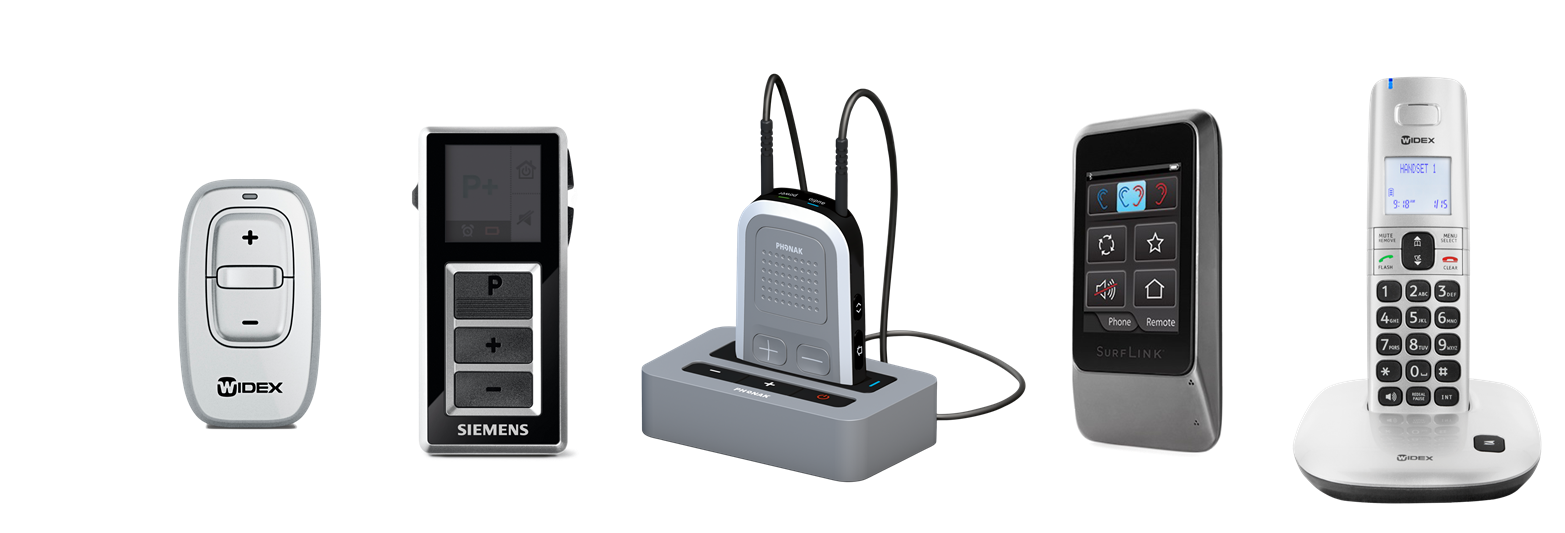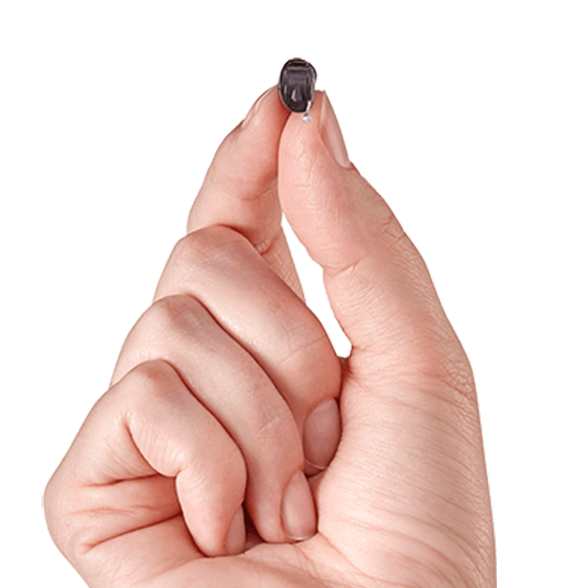Travelling With Hearing Aids
Being organised and prepared is part of being a successful traveller, particularly when travelling with hearing aids. If you plan and prepare well, you’ll be able to enjoy both domestic and international travel as well as the next person.

Follow the tips below for a successful journey:
- Know your itinerary, including all destinations, how you will travel and once you arrive what you will be doing. Check with your accommodation if they have any facilities for people with hearing loss (such as captioned TV, looped reception areas, tactile smoke alarm) and inform the people you’re travelling with that you have a hearing loss. They may already know but give them some tips on how they can communicate with you while travelling and what to do to assist you, particularly when catching public transport.
- Book your trip through the internet or in person at a travel agency, rather than over the phone. If you feel confident to book your travel online, do so as you can compare prices, destinations, inclusions and many other options. Print everything out and collate it in your order of travel. Having a written itinerary to show people will help when there is a language difference and a hearing loss to contend with. There are some fantastic apps you can download on your phone to help in your travels. Google Translate is very useful, as are apps with walking tours of cities, local public transport apps and many, many more. Check if your accommodation has Wi-Fi before you go. Once you arrive, find the information to log on to the local network and use this to help with discovering places at your new destination.

- Download and/or print maps before you go. This will help you become familiar with the town/city you are venturing to. It will also help if you can’t access the internet and get lost. Some apps include downloadable maps to use off-line.
- Make a checklist of what hearing accessories you need to pack. This should include:
- hearing aid batteries or charging case (for rechargeable hearing)
- equipment to clean you hearing aid, (wax pick, wax guards, cloth and brush)
- dehumidifier (if you have one)
- old pair or spare pair of hearing aids (if you have them)

Keep all these items in your carry-on luggage as this will help minimise your chances of losing them if your luggage doesn’t arrive. Visit your Hearing Clinic before you travel and get your hearing aids checked – just to make sure they’re in good working order.
- Set your phone up for travel. Turn your phone off roaming and buy a local SIM card or download smartphone apps such as WhatsApp or Viber to allow you to send messages (free) to anyone in the world where you have access to Wi-Fi. Download one of these apps before you go and set up a group conversation with your fellow travellers. This will add to your ease of communication, particularly if changes are made to your itinerary.
- It’s so important to tell people you have a hearing loss when travelling. Hearing loss is generally invisible to most people and if others don’t know you can’t hear as well as others, they can’t help you in the communication process. Most people are happy to help. Carry a notebook with you, so if necessary, you can ask people to write down what they’ve said. Interacting with the locals is part of the fun of travel so be prepared for some inventive communication approaches!

- If you’re flying, ask the airline what the rules are for taking hearing aids on the plane. Check in on-line to avoid issues with communication at the counter. If you prefer to check-in at the airport, tell the attendant you have a hearing loss and make sure you’ve understood all the instructions (gate, boarding time, etc.). When going through security let the guards know you’re wearing hearing aids. When you’re going through the security scanner, leave your hearing aids on. They may set off the security alarm, but that’s better than putting them on the X-ray belt as this could damage the hearing aid microphones. Once you’ve found your gate, sit near the airline staff and tell them you have a hearing loss to ensure you don’t miss the call for boarding. Announcements are often difficult to hear at airports at the best of times, so make sure you’re prepared for this eventuality. Once you’re on the plane, let the flight attendant know you have a hearing loss so they can inform you of important information that you may miss over the intercom. Before you leave on your trip check with your Audiologist or Audiometrist the best setting to wear your hearing aids on when flying or taking any other public transport. You can wear your hearing aids during take-off and landing but if you remove them at any time, don’t put them in the seat pocket in case you forget them. Put them in your carry-on luggage to ensure they travel with you.

- When catching trains, trams and buses watch the board closely for arrival and departure times and any platform/stations/stop changes. Use the local public transport app to help with this as relying on PA system announcements, with all the background noise at the station, can be difficult. And once you’re on board, just as on the plane, let the conductor know you have a hearing loss to ensure you don’t miss the call for your destination station.
- If you have a Telecoil fitted on your hearing aid, look out for the blue and white ear international symbol. This sign indicates that Telecoil technology is available in that area. Telecoil/loop systems are available in many countries around the globe. You may even see the sign in venues and transport vehicles (trains, trams and buses). If your hearing aid is Telecoil enabled, look out for the symbol while travelling.

- Bicycles: many countries encourage the riding of bikes and they have precedence on the road – even over pedestrians in some places! If you’re going to ‘live like a local’ and hire a bike, know the country’s road rules and stay alert. You won’t be able to hear much while riding so use your other senses. Practice riding a bike before you leave home to make sure the wind noise doesn’t affect your microphones. Wearing a sweatband or cap can sometimes help reduce the wind noise. If you know you’re going to be cycling while on your trip, ask your Audiologist or Audiometrist for a specific cycling program to be enabled on your hearing aids. This should be one with noise cancelling or wind noise reduction, (Omni–directional microphone setting). Remember to use hand signals while cycling and check with your travelling companions that everyone understands what each hand signal means.
- Car: If your hearing aid is Bluetooth enabled with streaming, use GPS maps and stream directions directly to your ears, via your hearing aid. You’ll still be able to hear other passengers while driving so communication can continue while in the car. When talking in the car, turn off the radio and keep the windows up to minimise background noise. For people with complex hearing issues, a remote microphone in the car may be useful - check with your Audiologist or Audiometrist before you travel if this would be of assistance to you.

Travelling can be exhausting and when you’re travelling with a hearing loss, even more so. Be prepared for challenges, be organised with your itinerary and make use of all the internet can provide. Be your own advocate, tell people you have a hearing loss and be independent – try not to rely on your travelling companions to be interpreters for you. Experience the wonder of travel. With your hearing aids on and set to your travelling requirements, you’re ready to go!
Next Article --> Cleaning and Maintenance
Previous Article --> Communication tips and exercises
